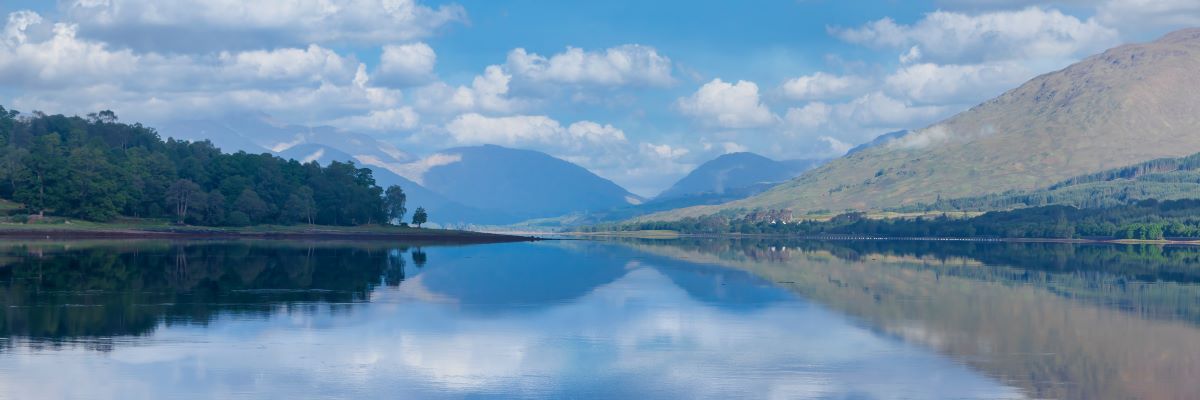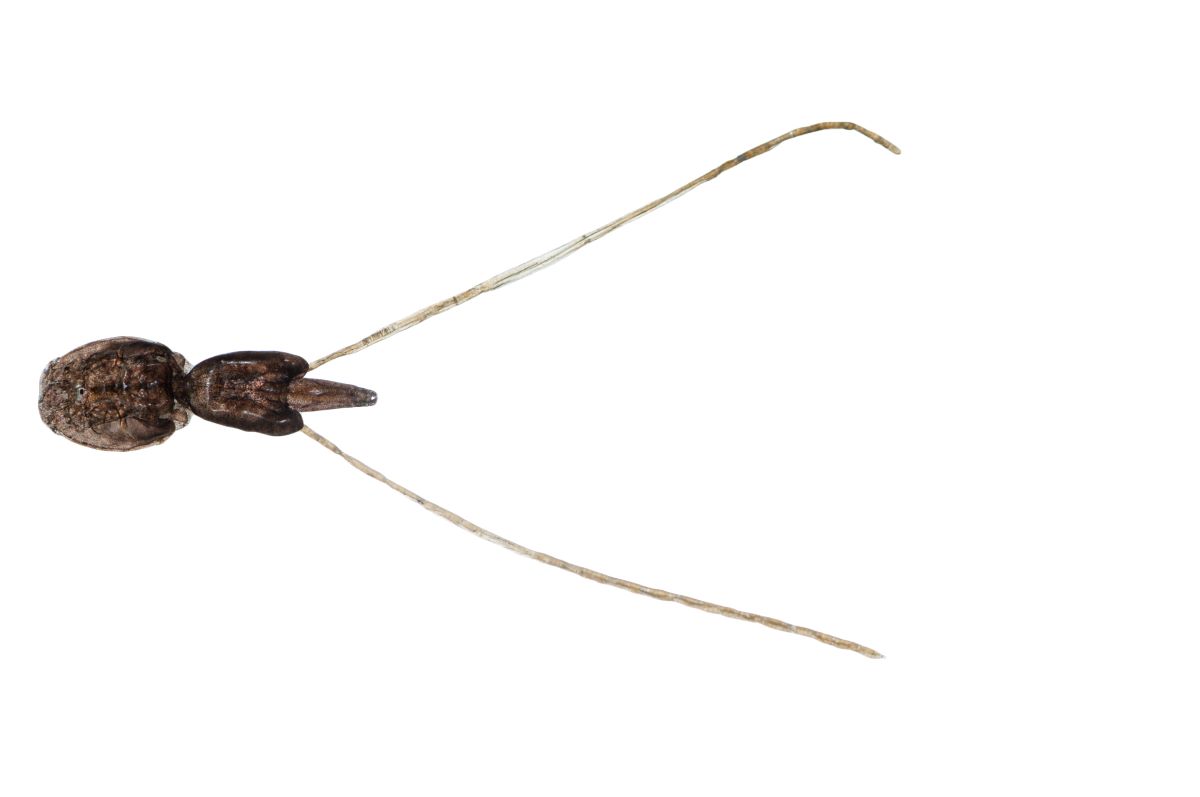But where are the lice?

Modelling for the supposed prevalence of sea lice is not backed up by samples taken in the field, says Dr Martin Jaffa
Congratulations to the Fish Farmer magazine team for hosting their first Aqua Agenda webinar, which took place in January. The subject was fish health (see the report starting on page 46 of this issue). I found the format worked extremely well, with those on the panel answering questions submitted by email.
All too often, when I have attended other meetings when interaction with the audience is possible, those answering questions can get dragged into a direct debate with the questioners, which is of little interest to the rest of the audience. Anyone wanting to know more about any issues raised can always follow through after the meeting has concluded.
For me, the most interesting aspect was to hear an admission that industry vets must sometimes treat the fish under their care for sea lice because of regulations, rather than in the interest of fish health.
This is not of any surprise to me, because I have increasingly argued that the narrative about sea lice is wrong and that the industry is having to dance to the tune of the wild fish sector. Given the constant focus on sea lice, it might have also been surprising to many of the webinar audience that this is not the issue requiring most of the day-to-day attention of the industry’s health care professionals.
My views on the sea lice narrative were confirmed in January with the publication of two linked papers that were published in the scientific journal Aquaculture Environment Interactions, both concerning the identification of gaps in the scientific community’s knowledge about sea lice.
The first paper is a review of current knowledge, whilst the second paper concerns the output of an international workshop on sea lice. However, what I haven’t mentioned is that the papers are not about sea lice per se, but rather about analysing the gaps on modelling sea lice infection pressure.

Salmon louse
Over recent years, research on sea lice has increasingly been about models and modelling, and not about sea lice. Sea lice appear to have become secondary to the models.
The paper says that a virtual workshop, held in October 2021, brought together participants including scientists involved in modelling, industry stakeholders, policy makers and managers of non-governmental organisations, who expressed their views on what future work is required. It seems that those working on sea lice but not on modelling were not invited. I was certainly refused entry to a follow-up event because I wasn’t considered a modeller.
The second paper includes a table listing the top 10 gaps considered worthy of being given the highest priority in sea lice dispersal and population modelling research. Number 10 is “Efficient methods for getting good samples of planktonic lice are required”.
The recent SPILLS project (“Salmon Parasite in Linnhe, Lorn and Shuna”, supported by the Scottish Government) found that only 19 out of 372 samples from sea lochs actually contained sea lice levels. This led the project report to suggest that just because the study failed to find numbers of lice in the sea didn’t mean that they weren’t there. My own view is that the researchers couldn’t find the lice exactly because they are not there.
The new paper does say that obtaining representative samples of larvae sea lice is problematic, given the rather low densities of sea lice larvae and the high densities of other types of plankton. The obvious question for modellers is that if the larval sea lice are only present in rather low densities, then surely the risk of infection to wild fish must be low too. Those blaming salmon farms as damaging wild fish stocks often claim that there is a soup or clouds of lice larvae, but this image is far from reality. However, the narrative says that salmon farms emit large numbers of lice so there must be a risk to wild fish.
Yet as long ago as 1996, Irish researchers found that the dilution of any lice coming from farms was so low within just 1km of a farm that it was difficult to find any lice at all.
It is also worth mentioning the Scottish Coastal Observatory, which was highlighted in the recent Scottish Government Marine Science and Innovation Strategy presumably as an example of good science. One of the Observatory’s sampling stations is located in Loch Ewe, close to the site of what is arguably Scotland’s most contentious salmon farm. Despite the proximity of this farm, the Observatory recorded just 80 samples that included examples of Caligidae (the family that include sea lice). These were recorded from 2002 to 2017 out of a total 201,163 zooplankton records. Fifty-nine of the samples contained just one individual, although one sample did include 40 – but that is one taken over a period of 16 years.
I do not disagree that there are lots of gaps in our understanding of sea lice, but the focus needs to be on the sea lice themselves not on the models. If lice larvae are not present in the sea in the numbers claimed, then the models must be invalid.
The Fish Farmer webinar is a great forum to begin the discussion on such issues, but we really need to have a proper debate about sea lice rather than just focusing on the modelling.
See the Fish Farmer Fish Health webinar at bit.ly/AquaAgenda-health

